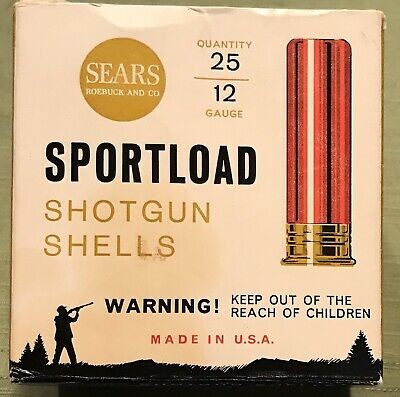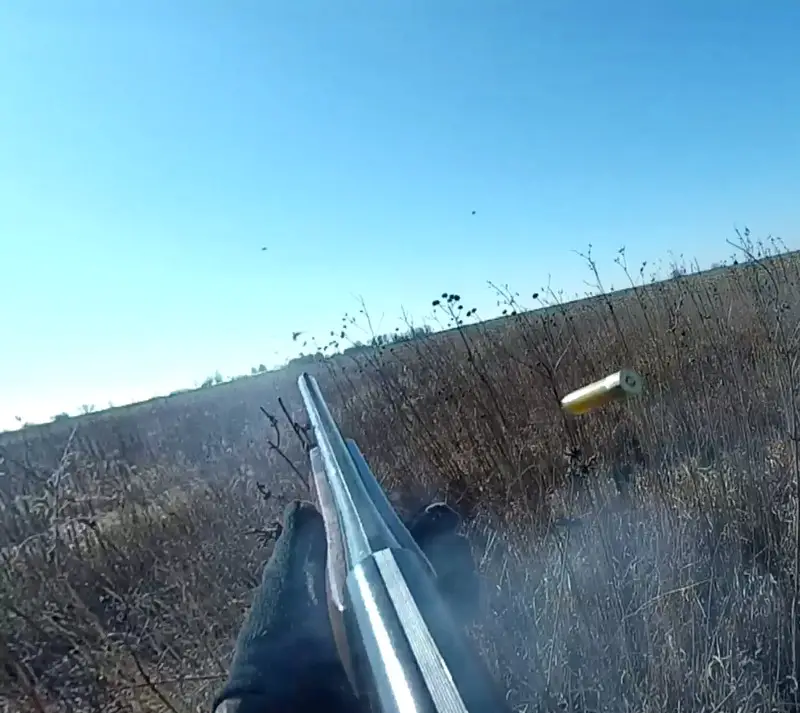Picking Your Shotshell









When I was growing up, shotshell selection was easy. We had a choice of lead or lead pellets, after spending several seconds thinking about it, we went with lead. For pheasants and ducks, we used the “good stuff” which, at the time, was considered to be Peters or Super-X loads. For doves, we used the cheap stuff: Sears Sport Loads, for the most part. Today, it isn't that simple for many reason, not the least of which are local, state and federal regulations.
Shotshell Issues
Scant little about shotshell performance is exact. Lead shot is not spherical, it is roundish. Claimed muzzle velocities are not muzzle velocities at all, they are lab environment three foot instrumental velocities. SAAMI voluntary specifications are vague, and they are voluntary which automatically means they don't mean all that much. Velocities per SAAMI are +/- 90 fps; yet the shells that are off by 90 fps are still within SAAMI voluntary specifications. SAAMI says, “Ammunition tested subsequent to manufacture using equipment and procedures conforming to these guidelines can be expected to produce velocities within a tolerance of ±90 fps of the tabulated values.”
Nor do claimed shot sizes mean anything exact: according to SAAMI a group of pellets could vary in diameter from as large as No. 4 to as small as No. 6 and still be represented as # 5 shot. Target shot #8½ shot could be as large as No. 8 to as small as #9 and still be designated #8½. If you want to blindly believe what is printed on a box of shotshells, you don't know what size shot you are actually using, nor do you know the velocity the shells actually produce.
Lead Shotshells
Currently, the best target loads on the market are the 8% antimony Winchester AA Diamond Grade loads. For ATA trap, the unplated 8% antimony Diamond Grade Elite Trap loads are the best you can buy. They are not the cheapest loads, nor do they have brass caps, nor are they as good for reloading as Remington STS / Nitro 27 hulls.
For regular use on clays and dove, I favor the Remington American Clay and Field loads which are tower-dropped 4% antimony loads. My go-to wild pheasant lead load is Remington Nitro Pheasant, 1400 fps, 1-1/4 #5 shot. Winchester Rooster XR is the most efficient patterning lead pheasant load I've ever tested, to the point where 1-1/4 oz. #4 is the best choice for wild pheasants.
Steel Shot
Steel is far less dense than lead, is the worst choice there is for a shot material, but it has relatively low cost compared to other so-called “no-tox” loads going for it. To get lead performance, you need to go three sizes larger, which is a big problem for sub-gauges.
Bismuth
Bismuth is brittle compared to lead and may fracture, but it gives close to lead performance if you go two shot sizes larger than what you would use for lead. Boss bismuth loads are the best I've tested to date, Kent is the worst. Bismuth is not perfectly spherical, but it is at least roundish. Bismuth patterns a bit more open than the best lead loads, but you can use bismuth in lead-only barrels and with lead-only chokes. Although #3 Bismuth is what you need to exceed lead #5 performance, the better pellet count of #4 Bismuth makes it the better compromise. The 12 gauge Boss 2-3/4 inch 1350 fps 1-1/4 oz. #4 Bismuth load is the general choice, at $1.45 per round.
Hybrid Steel / Tungsten
There is no question that TSS (Tungsten Super Shot) is, by far the best shot material available. It is also the most expensive. In an effort to get some of the cost out of the shell but get lead-like performance, Federal's “Federal Premium BlackCloud TSS Waterfowl Steel/Tungsten” loads are excellent, available in 12 and 20 gauge. They will run you about two dollars a shot or so.
Remington Wingmaster HD
Denser (12 g/cc) and more spherical than lead, a bit easier on barrels than tungsten, Remington Wingmaster HD ammo is back in primarily in 12 gauge but with one 20 gauge load announced thus far. It is a terrific shell, but it sounds like the price ($4.90 per round) is terrific as well.
APEX TSS

Above: an Apex 1 oz. #8 TSS load makes a wild pheasant dead in the air at 63 yards out of a B-80 twenty gauge.
The best shotshells I've ever used, by far, are Apex TSS loads. If you want the best long range loads on the plant, Apex has got them. You can get better than 10 gauge lead performance with Apex loads out of your 20 gauge, and that is no exaggeration. For turkey loads, Apex is the easy default go-to.

The above 50 yard exterior ballistics comparison, all with 1-1/4 oz. loads, tells the tale. Neither steel #2 nor bismuth #4 approach the penetration of lead #5 shot. Only the Remington Wingmaster HD #4 load and the Apex #7-1/2 TSS load exceed the performance of #5 lead and they both exceed it substantially. In terms of pellet count and penetration, nothing comes close to Apex TSS #7-1/2.
Steel #2 is, by far, the worst performer in terms of penetration and pellet count. Bismuth does not compete with lead, but it does make steel look sad. Your best performance for the dollar is a high quality lead shell. The best performance, period, can by obtained only by using Tungsten Super Shot.
Front-Loading
One way to save a few pesos is front-loading. Use lead or bismuth as your first shot, then fill up your magazine with Apex TSS or Remington Wingmaster HD for the second or third shots. If you need them, they will likely be at longer ranges.